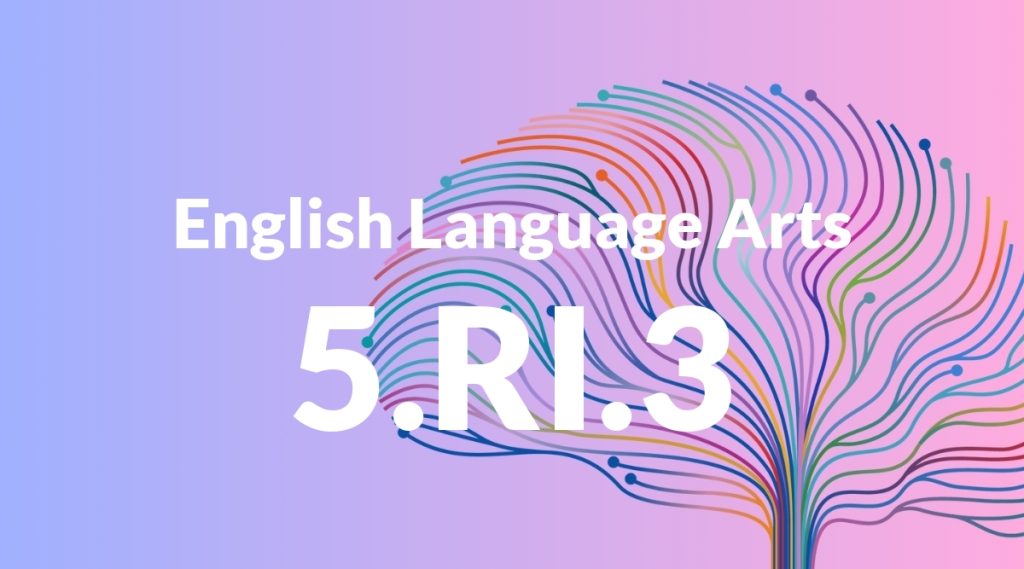Standard: 5.RI.3 – Explain the relationships or interactions between two or more individuals, events, ideas, or concepts in a historical, scientific, or technical text based on specific information in the text.
Grade level: Grade 5
Subject: English Language Arts
Domain: Reading: Informational Text
Teacher Overview
This standard focuses on helping students understand and explain how different elements within a text are related. This is crucial for developing critical thinking and comprehension skills, as it allows students to see the bigger picture and understand the nuances in informational texts. Before tackling this standard, students should be comfortable identifying main ideas and supporting details, and have a basic understanding of historical, scientific, and technical texts.
After mastering this standard, students will be able to synthesize information from multiple texts, draw inferences, and critically evaluate the credibility of sources, enhancing their overall comprehension and analytical skills.
Common Misconception 1
A common misconception is that all relationships in texts are explicitly stated. This is incorrect because many texts require readers to infer relationships based on context clues and prior knowledge.
Intervention 1
To remediate this misconception, use guided reading sessions where students practice identifying implicit relationships, supported by teacher modeling and think-aloud strategies.
Common Misconception 2
Another misconception is that all informational texts follow a simple cause-and-effect structure. This is not true as texts can have various structures like compare and contrast, problem and solution, or descriptive formats.
Intervention 2
Introduce students to different text structures through graphic organizers and practice exercises that help them identify these structures in various texts.
Prerequisite Knowledge
Students should be familiar with identifying main ideas and supporting details in a text, as well as basic understanding of historical, scientific, and technical contexts.
Subsequent Knowledge
Students will develop skills in synthesizing information from multiple texts, drawing inferences, and evaluating the credibility of sources.
Instructional Activities
- Group discussions on the relationships between key figures in a historical event.
- Graphic organizers to map out cause-and-effect relationships in scientific texts.
- Hands-on activities to sequence steps in a technical process.




